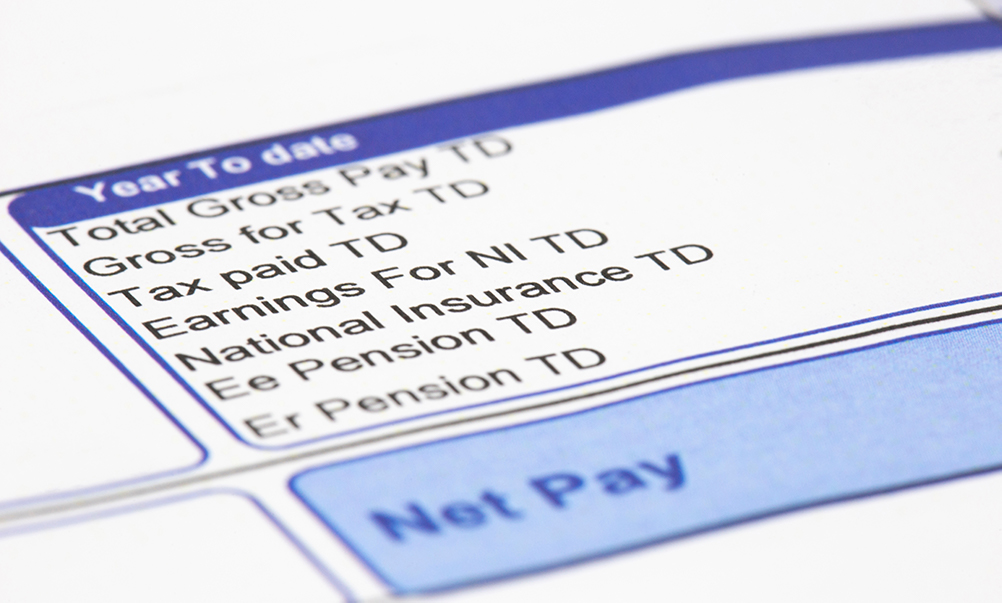Everything You Need to Know About National Insurance if You’re Self Employed
Back to all Self-Employed guides

When self-employed, it's important to be clear on your tax obligations to ensure you pay the right amount at the right time and you can budget for what could be a significant outgoing. One key tax to be aware of is National Insurance, but how do you register to pay, and how can you be sure you're paying the right amount?
What is National Insurance?
If you're over 16 and either earning more than £184 a week as an employee or £6,515 a year when self-employed, you must pay National Insurance. The payments you make count towards benefits such as state pensions, Employment and Support Allowance and Maternity Allowance.
National Insurance is broken down into four classes, and what you pay is determined by your employment status.
What National Insurance do I need to pay when self-employed?
When self-employed, you'll most likely pay National Insurance contributions (NICs) in two classes: Class 2 and Class 4. You'll do this through your self-assessment tax return.
The Class 2 National Insurance contribution is fixed at £3.05 a week for the current tax year, and it's only charged if your annual profits are £6,515 or more – this is known as the Small Profits Threshold.
Class 4 National Insurance contributions are only charged if your profits are above £9,569 a year. The rate is then 9% of profits between £9,569 and £50,270 and 2% on profits over this amount. That is unless you happen to be a share fisherman or a married woman who opted into the Reduced Rate scheme before 1977 in which case separate rules apply. However, for the vast majority NICs will be mandatory.
Voluntary National Insurance contributions
It should also be noted that it is possible to make voluntary National Insurance contributions.
You might choose to make voluntary payments if gaps in your National Insurance record could affect your entitlement to the State Pension or other benefits such as the Employment and Support Allowance. You'll usually need at least 10 qualifying years on your National Insurance record to get any State Pension and 35 years of contributions to get a full pension, so it's worth keeping an eye on this.
So if, for example, you had small profits during periods of self-employment or you were living abroad, you can pay voluntary Class 2 contributions.
Similarly, if gaps occurred because you were earning less than £120 a week and you weren't eligible for National Insurance credits, or you were unemployed and not claiming benefits, you can choose to make voluntary Class 3 contributions. These stand at £15.40 a week for the current tax year, although if you're paying contributions for previous tax years, you'll pay the original amount for those years. Whether you pay Class 2 or 3 will depend on your employment status and whether you ever lived and worked abroad.
When do I pay National Insurance?
When working as a self-employed sole trader, you'll need to complete an annual self-assessment tax return to inform HMRC of your income. This information will then be used to determine your NICs.
However, before you can do this, you need to have a National Insurance Number to ensure any contributions and tax you pay are properly recorded and attributed. You'll be able to find this number on previous payslips, your P60 or previous correspondence with HMRC. If you still need help finding it, HMRC will be able to help. If you don't already have a number, you can apply online.
You also need to be registered as self-employed with HMRC to ensure you pay both National Insurance and Income Tax. While Class 2 NICs are a set amount per week, Class 4 NICs are calculated annually. You'll then usually pay the amount due every six months on 31st July as a payment on account and 31st January as your final self-assessment payment. The payment on account is usually an estimate.
Example calculations Class 4 NICs
For those making a profit of £10,000, the total Class 4 NICs due would be £38.88. The first £9,568 is charged at 0%, with the remaining £432 taxed at 9%, totalling £38.88.
For those recording profits of £60,000, for example, the 2% rate would also come into play. In this scenario:
- the first £9,568 would be NIC free
- £40,702 would be charged at the 9% rate (equating to £3,663.18)
- The remaining £9,730 would be charged at 2% as it's over the £50,270 upper profits limit (equating to £194.6).
This creates a total of £3,857.78 due in NICs.
What happens if I don't pay National Insurance?
It is a legal requirement to pay National Insurance for most people, and not doing so can have serious consequences.
As well as the possibility that you'll lose access to benefits if you don't pay regularly, you will also likely receive a fine from HMRC. Expect to receive a Notice of Penalty Assessment, which will give you 30 days to pay the penalty. However, you will be charged interest daily, so it's a good idea to pay as quickly as possible. If you don't pay the amount in full within six months, the amount of interest charged will increase by 5%. HMRC will inform you of the reason for the penalty assessment, tell you how to pay the penalty and what to do if you want to appeal.